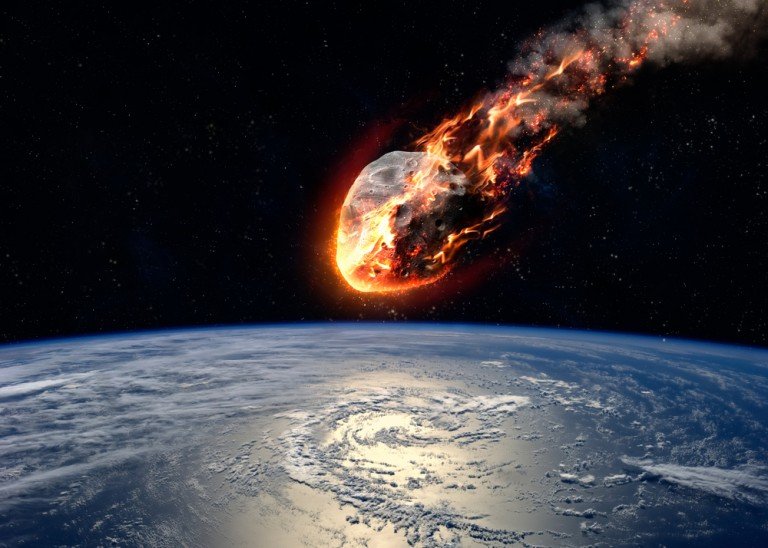
It was formed about 50,000 years ago by an iron meteor about 30-50 meters in diameter. However meteoroids larger than a few hundred tons are slowed very little only these large (and fortunately rare) ones make craters.Ī good example of what happens when a small asteroid hits the Earth is Barringer Crater (a.k.a. But all but the very largest are quickly decelerated to a few hundred km/hour by atmospheric friction and hit the Earth’s surface with very little fanfare. The average meteoroid enters the atmosphere at between 10 and 70 km/sec. The largest found meteorite (Hoba, in Namibia) weighs 60 tons. Only the largest ones ever reach the surface to become meteorites. But they are almost all very small, just a few milligrams each. Included are all known meteorites (4660 in all, weighing a total of 494625 kg) in the period 1740-1990 (excluding meteorites found in Antarctica).Ī very large number of meteoroids enter the Earth’s atmosphere each day amounting to more than a hundred tons of material.

The following table is from a book by Vagn F. About 33% of the meteorites are witnessed falls. A “find” means the meteorite was not witnessed and the meteorite was found after the fact. Similar to terrestrial basalts the meteorites believed to have originated on the Moon and Mars are achondritesĪ “fall” means the meteorite was witnessed by someone as it fell from the sky. Very similar in composition to the Sun less volatiles similar to type C asteroids Mixtures of iron and stony material like type S asteroidsīy far the largest number of meteorites fall into this class similar in composition to the mantles and crusts of the terrestrial planets Primarily iron and nickel similar to type M asteroids Aside from the few kilos of moon rocks brought back by the Apollo and Luna missions, meteorites are our only material evidence of the universe beyond the Earth. Though meteorites may appear to be just boring rocks, they are extremely important in that we can analyze them carefully in our labs.

One of the Martian meteorites, known as ALH84001 (left), is believed to show evidence of early life on Mars. A small number of meteorites have been shown to be of Lunar (23 finds) or Martian (22) origin. Most come from asteroids, including few are believed to have come specifically from 4 Vesta a few probably come from comets.

Meteorites are bits of the solar system that have fallen to the Earth. May have been inspired by the Leonid meteor shower that he witnessed in 1797. Samuel Taylor Coleridge’s famous lines from The Rime of the Ancient Mariner:Īnd the rain poured down from one black cloud Very bright meteors are known as fireballs if you see one please report it. If you have a dark clear sky you will probably see a few per hour on an average night during one of the annual meteor showers you may see as many as 100/hour. A meteor is a bright streak of light in the sky (a “shooting star” or a “falling star”) produced by the entry of a small meteoroid into the Earth’s atmosphere.


 0 kommentar(er)
0 kommentar(er)
